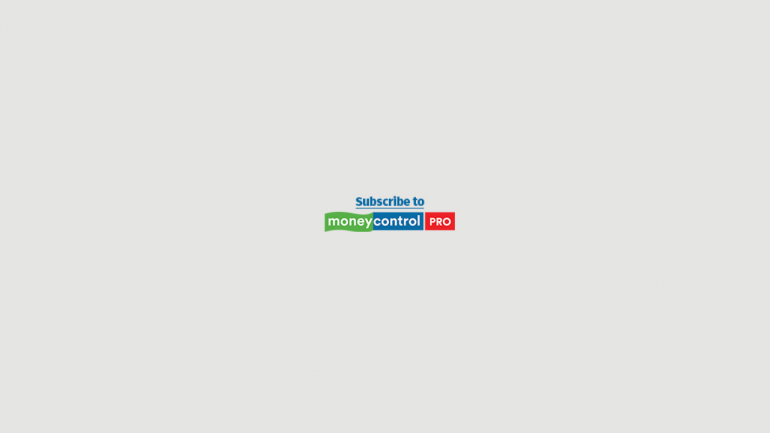It wasn’t just stocks that got walloped -- Treasuries, bitcoin, commodities all fell and even gold was not spared.
Dear Reader,
“Indeed, the one thing these prophecies had in common was that, ultimately, all were reassuring. Unfortunately, though, the plague was not.”
― Albert Camus, The Plague
With the covid-19 pandemic raging all around us, this could be a good time to read Albert Camus’s ‘The Plague’. The novel describes what happens in the Algerian town of Oran, quarantined from the rest of the country due to the outbreak of a plague and the responses of its people -- some foolish, some resigned, some tragic and some heroic -- to the confrontation with sudden death. Wuhan is modern-day Oran. Dr Li Wenliang, the Chinese doctor who first warned of the covid-19 epidemic and who unfortunately fell a victim to it, is Dr Rieux, the hero of the novel.
That said, let’s look at the markets, which slipped into bear territory on Thursday. It wasn’t just stocks that got walloped -- Treasuries, bitcoin, commodities all fell and even gold was not spared. The stench of fear was everywhere and the price action suggested forced liquidation. The stomach-churning plunge on Thursday and on Friday morning was followed by a face-ripper of a bear-market rally in the Indian market. Recall that in 2008 and 2009, as the markets plummeted, we had several such short, sharp rallies on the way down. With the virus still spreading, it’s unlikely that the markets have hit their lows.
The excesses built up by ultra-loose monetary policy over the last few years are now being unwound. The economic impact of the virus will lead to cuts in earnings and Citigroup chief equity strategist Robert Buckland expects global earnings to fall by 10 percent, with 15 percent falls for emerging markets. But that is not what is worrying the markets so much -- rather, it’s the fear that the epidemic will morph into a financial crisis. Skeletons are in the habit of tumbling out of closets during market shakeouts.
The United Nations Conference for Trade and Development has said this was a crisis foretold, given the build-up in debt worldwide and the bubble created in the asset markets by overly loose financial conditions. Add to that the collapse in the price of oil as a result of a price war between Saudi Arabia and Russia, which has reinforced worries about a credit crisis, given that a large part of the high-yield bond market is oil company debt.
The practical question that investors would want an answer to is: what should they do now? The spread of the pandemic is fraught with uncertainty, but it’s important that China is returning to work. A Xinhuanet article has the headline, ‘With virus basically curbed, China pushes ahead battle against economic framework.’ That should be encouraging. South Korea too seems to be on the road to recovery and hopefully Italy, which has gone into full-scale lockdown, will soon have its turnaround moment, a la Hubei.
Market corrections of such magnitude have always provided buying opportunities, as those of us who have had multiple tours of duty during market crises have learnt in hindsight. While nobody knows when the selling will end, we have a table on market routs since 2000, which could give some clues about how and when a market bottoms.
Back home, the virus fears have been compounded by a weak economy and the fragility in the financial sector. The bailing out of Yes Bank is a step in the right direction, but there’s still some debate on whether it’s enough to make the bank, phoenix-like, rise from the ashes. Our independent research team also took a look at whether Yes Bank’s gain was SBI’s loss.
While the number of covid-19 cases in India has so far been contained, the worry is how the country’s rickety health system will cope in the event of a full-fledged epidemic. For the markets, the good news is that long-term domestic investors haven’t panicked and flows into equity mutual funds in February have been high. We examined whether debt mutual funds would be a good place to invest, since the Reserve Bank is likely to cut rates in this environment.
At the time of writing this piece, the markets are rallying in the hope of concerted action by central banks and governments worldwide. Several central banks have already brought out their monetary bazookas and many governments have promised fiscal safety nets. US markets expect the Fed to cut its policy rate by 100 basis points soon. But market expectations are very high and it remains to be seen how central bankers and politicians walk the tightrope of reassuring the markets, while not giving the impression that they’re panicking. After all, just because the authorities are concerned doesn't necessarily mean that they can do a whole lot about it, especially when they’re batting a pandemic. Any solution is likely to take time.
Here’s to surfing the rough seas ahead with elan.
Cheers,
Manas ChakravartyTime to show-off your poker skills and win Rs.25 lakhs with no investment. Register Now!















